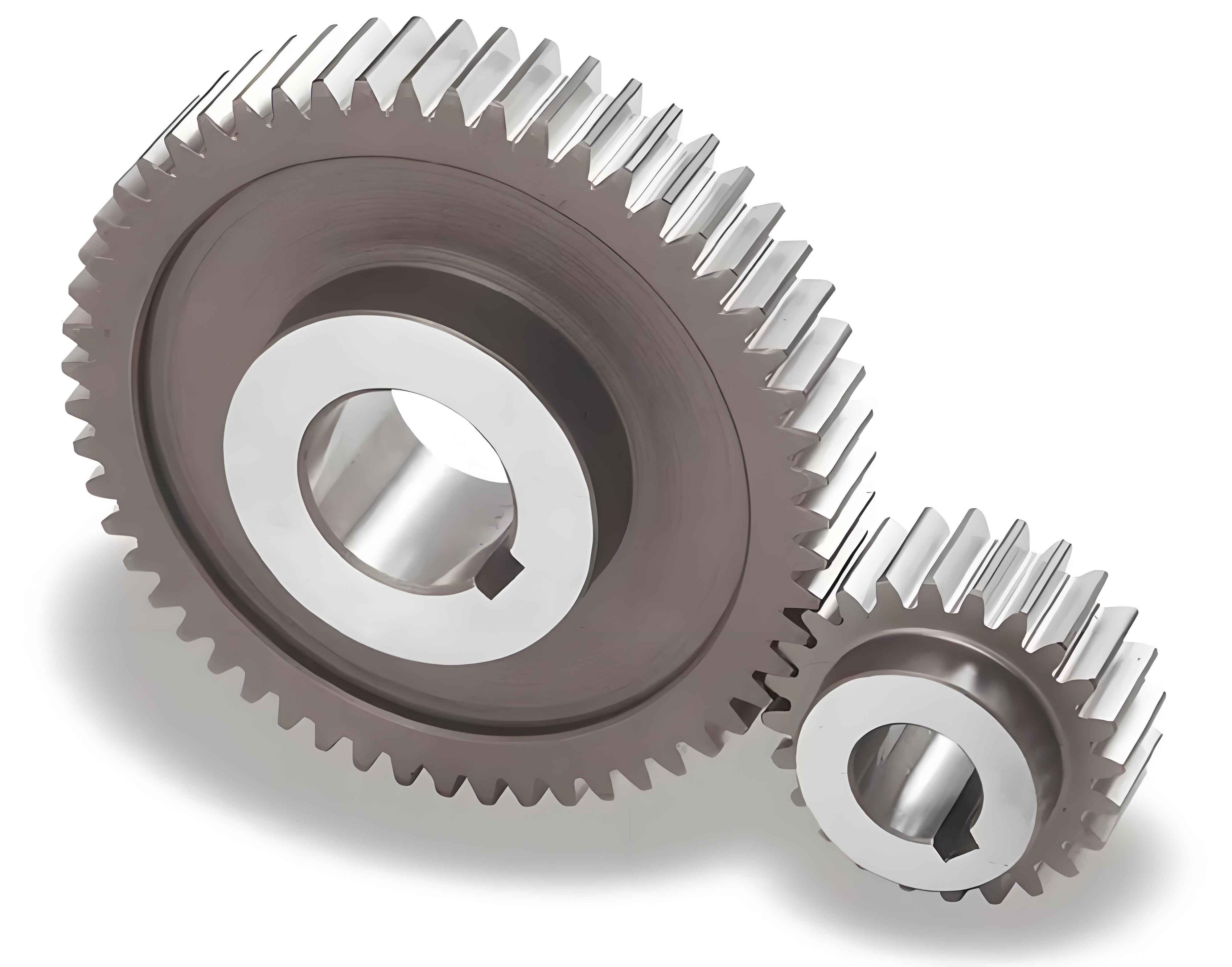
Micro spur gear is essential components in many medical devices, including drug delivery systems, surgical instruments, and diagnostic equipment. These gears, typically ranging from a few millimeters to sub-millimeter in size, must meet stringent requirements for precision, reliability, and biocompatibility. Producing micro spur gear presents unique challenges that require advanced manufacturing techniques and innovative solutions. This article explores these challenges and the solutions implemented to overcome them.
Introduction
Micro spur gear is crucial for the precise and reliable operation of various medical devices. Given the critical applications in which they are used, these gear must adhere to exacting standards. The production of micro spur gear involves overcoming numerous challenges related to material selection, manufacturing processes, quality control, and cost efficiency. This article delves into these challenges and discusses the advanced techniques and solutions employed to produce high-quality micro spur gear for medical applications.
Key Challenges in Micro Spur Gear Production
- Material Selection
- Precision Manufacturing
- Quality Control
- Surface Finish
- Biocompatibility
- Cost Efficiency
Material Selection
The materials used for micro spur gear must be carefully chosen to meet the specific requirements of medical devices. These requirements include strength, wear resistance, and biocompatibility.
- Challenges:
- Limited availability of suitable materials.
- Ensuring material properties at the micro scale.
- Solutions:
- Use of advanced materials such as high-performance polymers, stainless steel, and titanium.
- Development of new biocompatible materials specifically for micro gear applications.
Precision Manufacturing
Manufacturing micro spur gear to precise dimensions is critical for their performance in medical devices. Even minor deviations can lead to significant functional issues.
- Challenges:
- Achieving tight tolerances at the micro scale.
- Controlling manufacturing processes to avoid defects.
- Solutions:
- Utilization of micro-molding, micro-machining, and laser cutting technologies.
- Implementation of advanced Computer Numerical Control (CNC) systems for high precision.
Quality Control
Ensuring the quality of micro spur gear involves rigorous inspection and testing processes to detect any defects or deviations.
- Challenges:
- Difficulty in inspecting micro-sized features.
- High cost and complexity of quality control equipment.
- Solutions:
- Adoption of high-resolution imaging and scanning electron microscopy (SEM) for detailed inspection.
- Integration of in-process monitoring systems to detect defects during manufacturing.
Surface Finish
A smooth surface finish is essential to reduce friction and wear, which is particularly important in medical devices where reliability and longevity are critical.
- Challenges:
- Achieving a uniform and smooth surface at the micro scale.
- Managing the surface roughness caused by various manufacturing processes.
- Solutions:
- Use of advanced polishing techniques such as chemical-mechanical polishing (CMP).
- Implementation of surface coating technologies to enhance finish and performance.
Biocompatibility
Micro spur gear used in medical devices must be biocompatible to prevent adverse reactions when in contact with bodily tissues or fluids.
- Challenges:
- Ensuring that materials and manufacturing processes do not compromise biocompatibility.
- Meeting stringent regulatory requirements for medical devices.
- Solutions:
- Selection of certified biocompatible materials.
- Conducting thorough biocompatibility testing and compliance with medical standards.
Cost Efficiency
Producing micro spur gear cost-effectively while maintaining high quality is a significant challenge, especially given the small production volumes typical of medical device components.
- Challenges:
- High cost of precision manufacturing and quality control.
- Economies of scale are difficult to achieve with small batch sizes.
- Solutions:
- Implementation of automated manufacturing processes to reduce labor costs.
- Adoption of lean manufacturing principles to minimize waste and improve efficiency.
Comparative Analysis of Manufacturing Techniques
| Technique | Precision | Surface Finish | Cost | Suitability for Medical Devices |
|---|---|---|---|---|
| Micro-Molding | High | Good | Medium | Excellent |
| Micro-Machining | Very High | Excellent | High | Excellent |
| Laser Cutting | High | Good | Medium | Good |
| Chemical-Mechanical Polishing (CMP) | Moderate | Excellent | High | Excellent |
Case Study: Micro Spur Gear in Drug Delivery Systems
A study conducted on the use of micro spur gear in advanced drug delivery systems highlighted the importance of precision manufacturing and material selection. The gear were produced using micro-molding with high-performance polymers, achieving the necessary biocompatibility and mechanical properties. Rigorous quality control, including SEM inspection, ensured defect-free gears. The final product demonstrated high reliability and efficiency in delivering precise drug dosages, significantly improving patient outcomes.
Future Trends in Micro Spur Gear Production
- Advanced Materials: Continued development of new materials tailored for micro-scale applications.
- Nano-Manufacturing Techniques: Adoption of nano-manufacturing technologies to achieve even higher precision and surface quality.
- Integration of AI: Use of artificial intelligence and machine learning for process optimization and predictive maintenance in manufacturing.
- Sustainable Manufacturing: Focus on environmentally friendly materials and processes to reduce the environmental impact of gear production.
Conclusion
The production of micro spur gear for medical devices involves overcoming significant challenges related to precision, material selection, quality control, and cost efficiency. Advanced manufacturing techniques such as micro-molding, micro-machining, and laser cutting, combined with rigorous quality control processes, are essential to produce high-quality gears that meet the stringent requirements of medical applications. As technology advances, the production of micro spur gears will continue to evolve, offering even greater precision, reliability, and efficiency.
